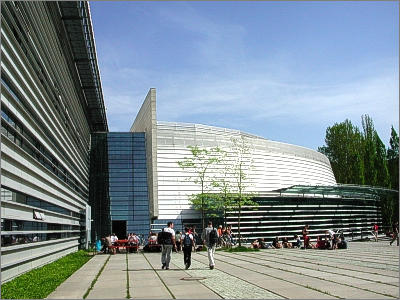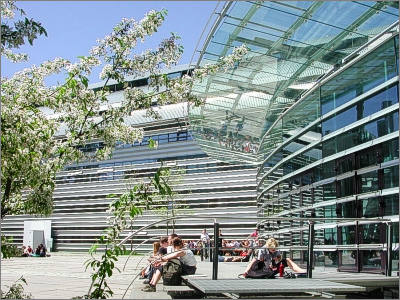
The technical sessions of the conference will be hosted by one of the foremost universities in Germany, the Technical University of Munich.

The TUM can trace its actual origins to the independent 'Royal Polytechnic School' founded by King Ludwig II in 1868. In the years since its foundation, during which time Bavaria underwent far-reaching structural changes from agriculture to technology, the TUM has made noted contributions to engineering and science. Many outstanding university lecturers whose research and teaching achievements have gained them a firm place in the annals of technology once worked at the TUM, and the establishment has produced a large number of leading scientists and engineers. The liquefaction of air by Carl von Linde (1895), the invention of the diesel engine by his student Rudolf Diesel (1897), the discovery of the structure of hemoglobin by Hans Fischer (1930 Nobel Prize for Chemistry), the discovery of recoil-free gamma-ray resonance absorption by Rudolf Mößbauer (1961 Nobel Prize for Physics), and the establishment of organometallic chemistry as a field of science by Ernst Otto Fischer (1973 Nobel Prize for Chemistry) stand for a large number of pioneering inventions and discoveries made at the TUM. Bavarian engineers such as Oskar von Miller, Wilhelm Nusselt, Willy Messerschmitt and Hans Piloty all achieved world fame early on, and are all closely linked to the TUM.
Despite these small beginnings, the Institute of Technology, which was renamed Technische Universität München in 1970, has long become a synonym for technological progress. This is due to the fact that the elite scientific research conducted within its walls has always been flanked by partnership with industry. This has enabled the university to contribute towards the development of the Germany economy insofar that the economy's mainstays - mechanical engineering, the automotive industry, electrical engineering and chemistry - all take their foundations in practice-oriented teaching and research conducted at technical universities, of which the TUM is one.

Since the TUM is the only technical university in the south German state of Bavaria, this places it under a certain obligation to keep abreast with the foremost advances in scientific and technical progress. In view of the rapid proliferation of knowledge, and the growing interdependency of differing areas of specialization, this endeavor is becoming more and more difficult. Indeed, knowledge management will have to be included in academic teaching in future. In this general vein, Germany's technical universities make a strong contribution to nation's economy, since the research-driven academic training they provide is frequently the source of technical innovation. Typical examples in the case of the Technische Universität München concern such areas as automotive engineering, telecommunications, neutron research, food technology, and software engineering.

Today's progress on the technological and scientific fronts is best exemplified by miniaturization, which has made it possible to not only store unbelievably large amounts of data on inconceivably small elements (such as semiconductors and chips), but also gain an understanding of how biological systems work, namely by means of ultramicroscopic elucidation of the structure of animate and inanimate matter. Networked knowledge and information networks, intelligent materials and the life sciences (biotechnology, environment and health) will be the motors of technological progress in the 21st century, and the Technische Universität München is aligning its structural policy to include these fields. Genetic research, determination of the structure of biological systems, and the use of microsystem technology in countless application fields are key examples of the trend towards miniaturization in the realms of science and technology.